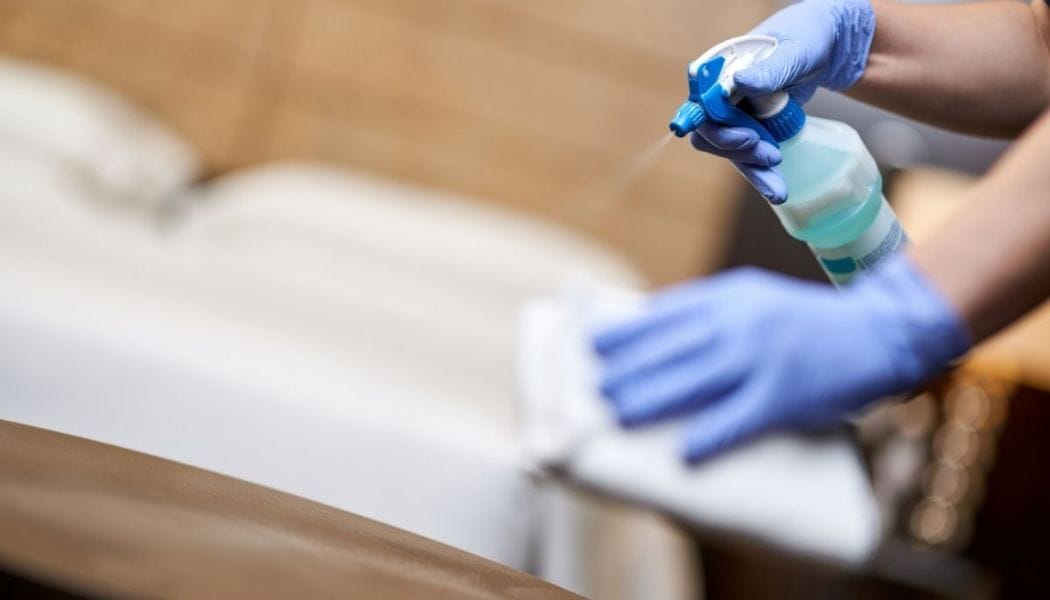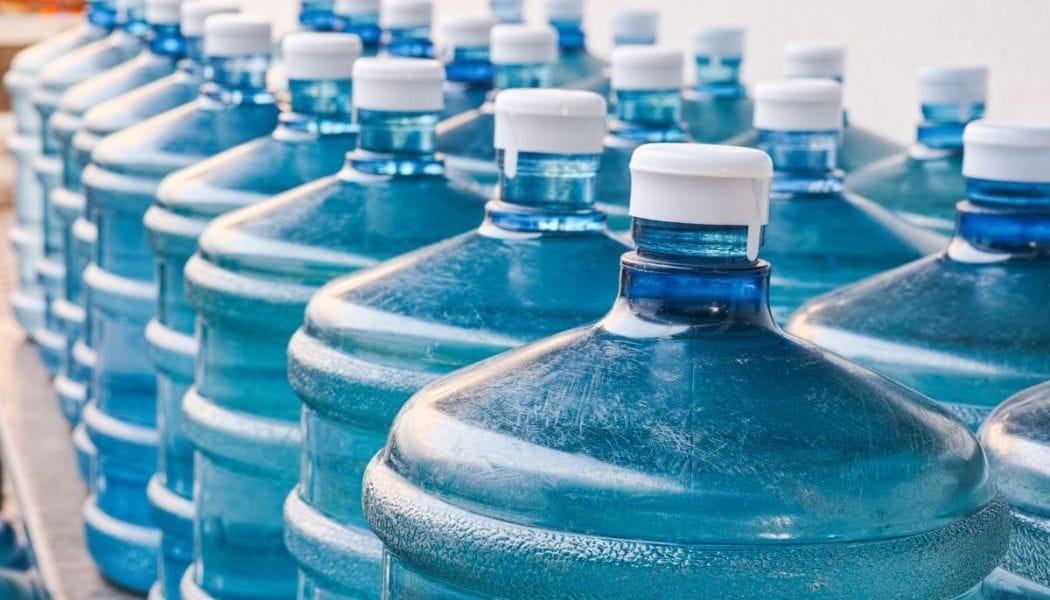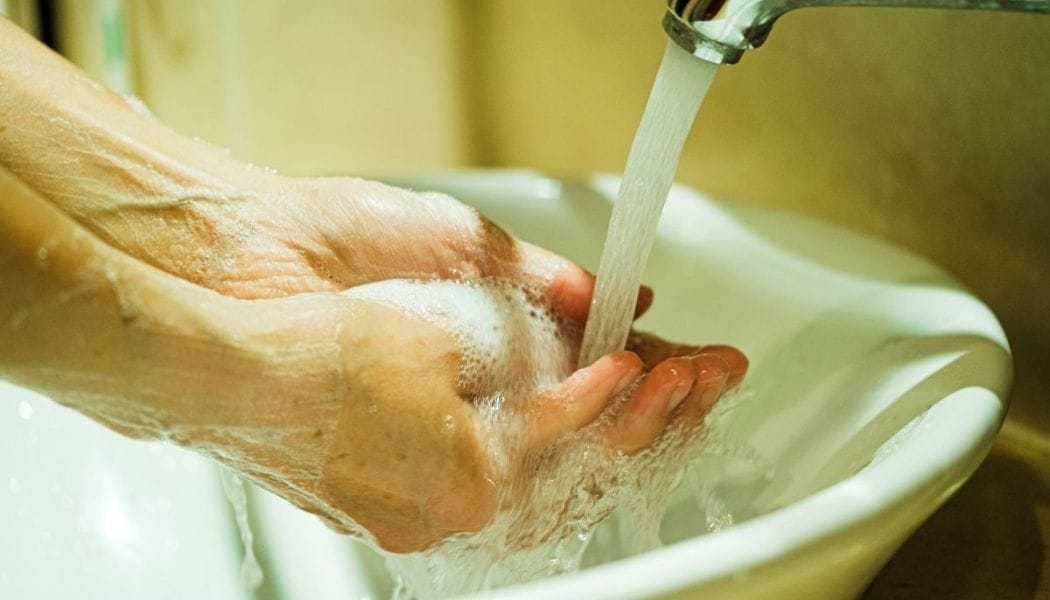How To Prevent Waterborne Diseases In Your Household
Waterborne diseases are illnesses associated with drinking water contaminated with harmful pathogens.

Water is crucial for survival. It’s vital for your health because it helps prevent dehydration and improves kidney health. However, lacking access to safe drinking water poses various health threats. Hence, drinking clean and safe water is the first step to preventing waterborne diseases in your household.
Meanwhile, waterborne illnesses can be transmitted by contaminated water. If not treated, these diseases can become fatal. Diarrhea, cholera, and typhoid are common waterborne illnesses associated with unsafe water.
Here are some ways of preventing waterborne diseases in your household.
What Are Waterborne Diseases?
Waterborne diseases are illnesses associated with drinking water contaminated with harmful pathogens. Viruses, fungi, and bacteria are the primary causes of waterborne diseases. These illnesses are also associated with eating contaminated food or coming in contact with human waste.
Good hygiene practices and safe sanitation are ideal for preventing waterborne diseases. If everyone had access to filtered drinking water and practiced proper sanitation, these illnesses would be eradicated.

There are many kinds of waterborne diseases, and below is a look at the most common ones and how to prevent them in your household:
- Cholera: Vibrio cholera is the bacteria that causes Cholera. Cholera is said to be very rampant in neighborhoods with poverty and poor sanitation. Drinking contaminated water can contract Cholera in a body. If not treated within days, cholera becomes fatal. One out of 10 people with cholera is said to develop life-threatening symptoms.
Besides doing a water test, there are other measures you can take to prevent this disease. These include eating well-cooked foods, washing your hands frequently, and drinking clean water.
- Typhoid: Typhoid fever is one of the common waterborne diseases and is caused by Salmonella typhi. It’s common in poor and developing countries. An estimated 20 million people around the world suffer from this illness.
Typhoid fever is very contagious and should be treated immediately. It can be contracted in many ways, including drinking contaminated water, eating contaminated food, and poor sanitation. To prevent typhoid fever, it’s best to have access to safe drinking water, get vaccinated when traveling to areas prone to typhoid, and practice good personal hygiene.
- Dysentery: Dysentery is a waterborne disease caused by either parasitic or bacterial infections. This intestinal disease is characterized by mucus or blood in stool and severe diarrhea. The pain associated with this illness is a good reason you should always wash your hands. This waterborne illness is primarily caused by poor hygiene.
Drinking and eating food contaminated with parasites or bacteria can cause dysentery. These microorganisms are transported to water and food by someone who has come in contact with fecal matter. The primary way of preventing dysentery in your home is by washing your hands after visiting the toilet.
These are some of the waterborne diseases caused by contaminated water.
Helpful Tips To Prevent Waterborne Diseases
To protect your household against waterborne illnesses, you'll need to focus on hygiene and proper sanitation. Failure to do so increases the risks of contracting some life-threatening waterborne diseases. It’s recommended to take preventive measures, like doing a water test, to enhance your safety. Below are some tips for preventing waterborne diseases:
- Clean Your Shower Heads And Faucets
If you haven’t used your faucets, sink, or shower in a while, cleaning these fixtures before using them is an excellent idea. Some microbes that cause waterborne illnesses are known to grow in water pipes. So, before using your taps and shower heads for the first time after one or two weeks, you’ll need to clean them by allowing the water to run for a while.

Let the cold water run for at least two minutes. Then, you can gently turn on your hot water tap and let it run for a few minutes. By doing this, you'll be able to flush out any waterborne disease-causing microbes present in the faucet and shower head.
2. Wash Your Water Containers
Cleaning water containers can help you keep them free from pathogens. Also, it helps to sanitize your water tank once a year. Dirty water tanks are prone to host bacteria, algae, and silt. They’re known to cause waterborne illnesses when ingested.
Here are some ways you can prevent waterborne illnesses causing pathogens in your water containers:
- Avoid Water Stagnation: Tanks with stagnant water attract pests, including flies, mosquitoes, and water fleas. And as time progresses, the water will separate into layers due to different densities. Check if your water tank has a good water cycle to prevent stagnation and the presence of harmful microbes.
- Prevent Sedimentation: Sediments can cause muddiness and turbidity in your water. It becomes cloudy when shaken due to sedimentation, making it unsafe for consumption. To avoid this, you can check for sediments at the bottom of your tank. Remove these sediments by washing the container to ensure the water is safe for consumption.
- Block Access: It helps to guard your water tank against unauthorized access. Covering your water tank can prevent birds and pests from getting in. It can also protect your tank from dirt and animal waste, making the water unsafe for consumption.
These tips can help protect your water containers from contamination.
3. Treat Your Drinking Water
Drinking treated water is the best way of preventing waterborne diseases in your household. Treating your water is vital as some water resources are polluted and unsafe for consumption. Meanwhile, clean water access will help in preventing waterborne illnesses.

There are various ways of treating water and making it safe. Below are the most common methods to treat your water:
- Boiling: The most common water treatment method is heating or boiling your water. It’s effective in getting rid of all waterborne illnesses-causing organisms. Boil your water for at least three minutes, then cool it down. It’s best to store clean water in sanitized containers.
- Chemical Disinfection: Chlorination is the most common chemical disinfection involving chlorine-based products in treating water. Calcium hypochlorite and sodium hypochlorite are the most common products people use for chlorination. They’re effective in killing viruses and bacteria that are responsible for causing waterborne illnesses.
Chlorine dioxide and iodine are other effective chemical disinfectants used in water treatment. Chemical disinfection can make water safe for drinking and has no adverse health effects.
- Solar Disinfection: It involves using UV radiation and heat to kill parasites and bacteria in water. You’ll need to place your water in a transparent container to use the solar disinfection technique. You can expose it to direct sunlight for approximately 6 to 8 hours.
During cloudy days, consider leaving it exposed for two days. The process might be slow, but very effective in treating water. For effective results, it’s best to use a transparent container.
- Flocculation Disinfection: This water treatment procedure involves adding flocs to water and is easy to remove. The flocs contain calcium hypochlorite and ferric sulfate in powder form.
When added to water, stir and let it rest for five minutes. The flocs will settle at the bottom of your water container and can be filtered out after five minutes. Ideally, this method is used on cloudy or turbid water.
- Sand Filtration: This water treatment technique is slow but very effective in removing cloudiness, turbidity, and microbes. The slow sand filtration process utilizes various physical and biological processes.
The treatment process features layers of different components arranged vertically. The filtration system consists of a bed of fine sand, and gravel, underdrains for collecting filtered water, a tank, and flow control. The process doesn’t use chemicals, but the water will still be safe for consumption.
These are some water techniques to treat the water and make it safe for consumption.
4. Replace Your Water Filters
Most water filters available in the market aren’t designed to get rid of pathogens in water. The primary function of water filters is to remove impurities such as lead and improve the water’s taste. As a result, microbes that live and grow in biofilms have a chance to multiply in such an environment.
Using water filters for an extended period without adhering to the manufacturer’s instructions becomes conducive for pathogens to live and grow. If you have a water filter installed in your household, you’ll need to use it based on the manufacturer’s instructions. Consider maintaining and replacing your water filters more often to prevent waterborne illness in your household.
5. Maintain Good Personal Hygiene
Waterborne diseases are transmitted through different unsanitary methods. The leading cause and transmission of waterborne diseases are neglecting personal hygiene. Unhygienic practices make one predisposed to various waterborne diseases.

Adhering to basic hygiene practices is vital as it eradicates disease-causing organisms. It would help if you considered cleaning your hands more often with soap and running water. You can do this after visiting the toilet, before and after your meal, and before and after cooking.
It’s always best to wash your raw vegetables and meat before cooking. And when cooking, ensure your food is well prepared before consuming. Incorporating these personal hygiene practices into your life helps prevent waterborne illnesses.
6. Vaccination
Vaccines prevent various deadly illnesses—and waterborne diseases are no different. In most cases, vaccines are inactive or weaker parts of a specific organism. It’s designed to trigger the immune system within the body and produce antigens. As a result, the antigens will weaken disease-causing microorganisms.
Vaccination is very effective in preventing waterborne diseases. Despite their effectiveness, vaccines can’t replace the various measures of prevention. Nevertheless, you can be vaccinated against diseases like cholera, rotavirus, and poliovirus.
Takeaway
Waterborne diseases affect millions of people across the globe. Irrespective of the cause and severity, waterborne diseases are curable. However, Seek medical attention once you detect it.
You can always prevent waterborne diseases by following the tips discussed in this article. Significantly, personal hygiene and treating drinking water are effective in preventing waterborne diseases.




Comments ()